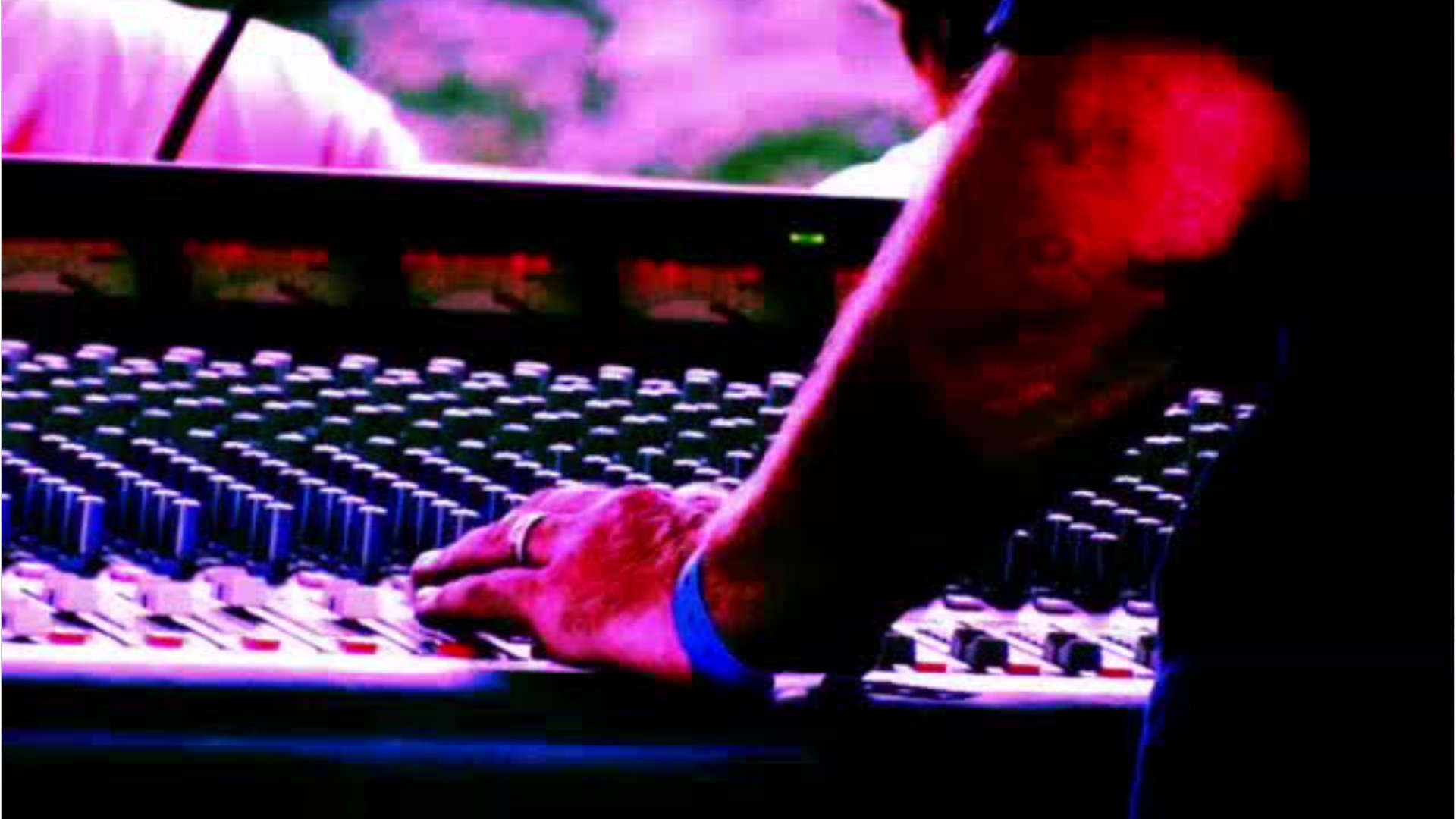Audio & Video Technicians
Audio Visual Specialist (AV Specialist), AV Tech (Audio Visual Technician), Media Technician, Operations Technician
What they do:
Set up, maintain, and dismantle audio and video equipment, such as microphones, sound speakers, connecting wires and cables, sound and mixing boards, video cameras, video monitors and servers, and related electronic equipment for live or recorded events, such as concerts, meetings, conventions, presentations, podcasts, news conferences, and sporting events.
On the job, you would:
- Notify supervisors when major equipment repairs are needed.
- Diagnose and resolve media system problems.
- Direct and coordinate activities of assistants and other personnel during production.
Knowledge
Engineering and Technology
- computers and electronics
- product and service development
Communications
- multimedia
- telecommunications
Arts and Humanities
- English language
- music, dance, visual arts, drama, or sculpture
Business
- customer service
Skills
Basic Skills
- keeping track of how well people and/or groups are doing in order to make improvements
- reading work related information
Problem Solving
- noticing a problem and figuring out the best way to solve it
Abilities
Verbal
- communicate by speaking
- listen and understand what people say
Ideas and Logic
- notice when problems happen
- order or arrange things
Attention
- pay attention to something without being distracted
- do two or more things at the same time
Hand and Finger Use
- keep your arm or hand steady
Personality
People interested in this work like activities that include practical, hands-on problems and solutions.
They do well at jobs that need:
- Attention to Detail
- Dependability
- Stress Tolerance
- Adaptability
- Cautiousness
- Cooperation
Technology
You might use software like this on the job:
Video creation and editing software
- Adobe After Effects
- YouTube
Operating system software
- Linux
- Microsoft Windows
Graphics or photo imaging software
- Adobe Illustrator
- Adobe Photoshop
Education
Education: (rated 3 of 5)
bachelor's degree or
high school diploma/GED
usually needed
high school diploma/GED
usually needed
Job Outlook
Average
New job opportunities are likely in the future.
Explore More
- Broadcast Technicians
- Camera Operators, Television, Video, & Film
- Electrical & Electronic Engineering Technologists & Technicians
- Lighting Technicians
- Sound Engineering Technicians
You might like a career in one of these industries:
See more details at O*NET OnLine about Audio & Video Technicians.





